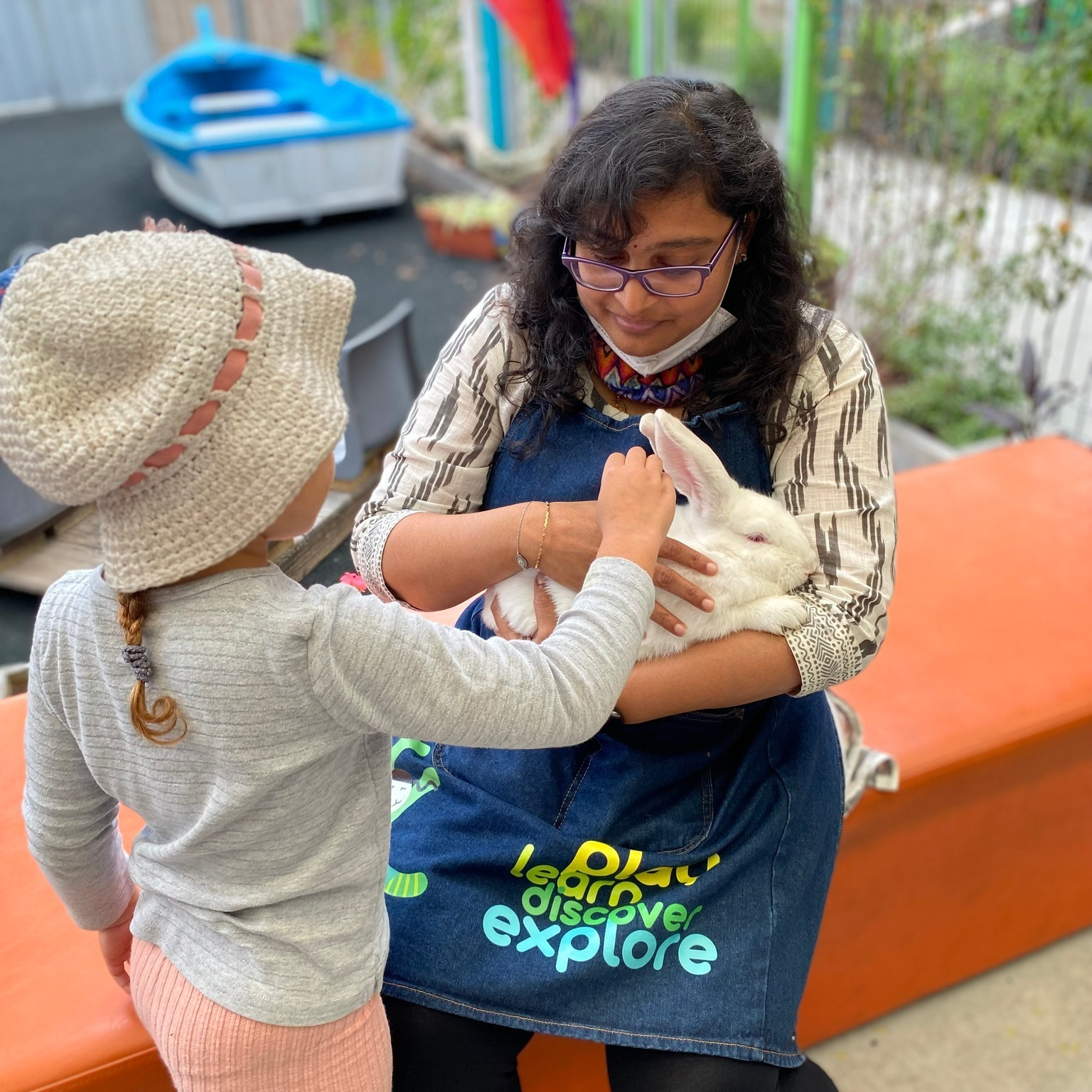Growing Eco-Friendly Habits: Utilising Recycled Materials In Creative Play
Most of us are familiar with recycling and reusing, but did you know about the nine-step hierarchy for reducing environmental waste?
Rethink and respect
Refuse
Reduce
Reuse
Rehome
Repair and repurpose
Restore
Recycle
Rot
Starting at the top, the nine steps suggest all the possible ways to divert goods from the landfill. These steps not only require us to rethink our consumption habits, but also to bring our creative spirit! At Kiddywinkles, we pride ourselves on learning how to be more sustainable, so we can ensure a happy future for generations to come. We think about reducing our consumption of a product prior to recycling it. Before throwing out old materials, we consider how we might be able to use them again. There are endless ways to be inventive with this system, encouraging environmental stewardship and promoting health outcomes at the same time. Here are a few of the ways we are learning to be mindful of our environment:
Check out our awesome planter box made from a repurposed old wooden spool. The spool would have likely ended up decaying in a landfill, but now it lives on and breathes new life into our childcare centre. There are so many possible uses for this particular spool–try repurposing one into an outdoor table at home.
Giving new life to old materials
In the last half century, many people have forgotten the old ways of repairing and repurposing common household materials. Not so at Kiddywinkles! This year we have been experimenting with reusing natural materials that may have otherwise ended up in the landfill.
Do you have recycled newspaper and odd bits of wool on hand? For our innovative children, that’s the perfect poi (traditional Māori instrument) to accompany a song!
Not only does reusing natural materials save us from creating more waste, but our homemade creations are also free of the nasty chemicals that go into a lot of synthetic play products. This makes them better for the health of our children and better for the environment.
Sprouting vegetables from offcuts
One of our favourite ways of reusing old materials is to take offcuts from vegetables and turn them into fresh produce. Simply soak the vegetable (e.g., a carrot top) in a jar of water until new roots begin to sprout and the vegetable is ready to be replanted into the soil. This is a fantastic way to teach our children how to make simple, everyday ingredients go further, while also teaching the vital skills of growing their own food.
For extra benefits, vegetables contain a vast array of phytochemicals and antioxidants, which help to nurture a healthy body and mind. We love to showcase the full spectrum of colours on our plates, which helps kids with both their immunity and appreciation of fresh food in the future. The more colour, the better!
Encouraging sensory play from an early age
It goes without saying that play is a crucial foundation of a child’s development. At Kiddywinkles, we don’t just prioritise play, we prioritise sensory play in our childcare methods. When a baby or small child touches a natural material–perhaps a frozen flower, a freshly picked lettuce leaf, or a cuddly animal–neurons fire and wire rapidly, and many centres of the brain become engaged. The sensations associated with feeling through physical touch, smelling, and seeing collectively unite to create an embodied memory for our children.
Sensory play is a full-body immersive experience, and it helps to orient the child, improve their spatial and cognitive reasoning, and increase their sensitivity to the natural world around them. What better way to engage a young child? Our repurposed natural materials and thriving garden are some of the best mediums for play, which help foster a sense of resourcefulness and adventure from a young age.
A child enjoying a pat with the pet rabbit of one of our teachers over Easter.
Get in touch
Growing future children that respect the environment is all a part of childcare at Kiddywinkles. For further information or to organise a tour of the centre, give Kiddywinkles’ owner Allen a call on 09 832 1212, email info@kiddywinkles.co.nz, visit our Facebook page, or fill out our online enquiry form.


